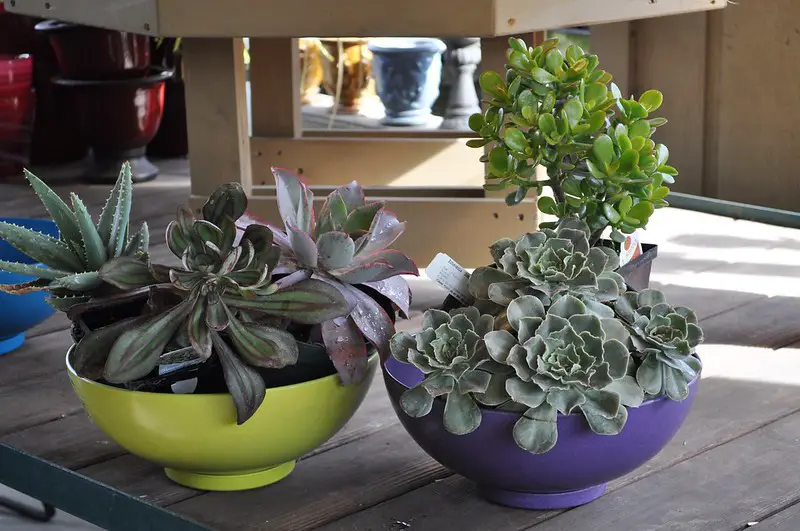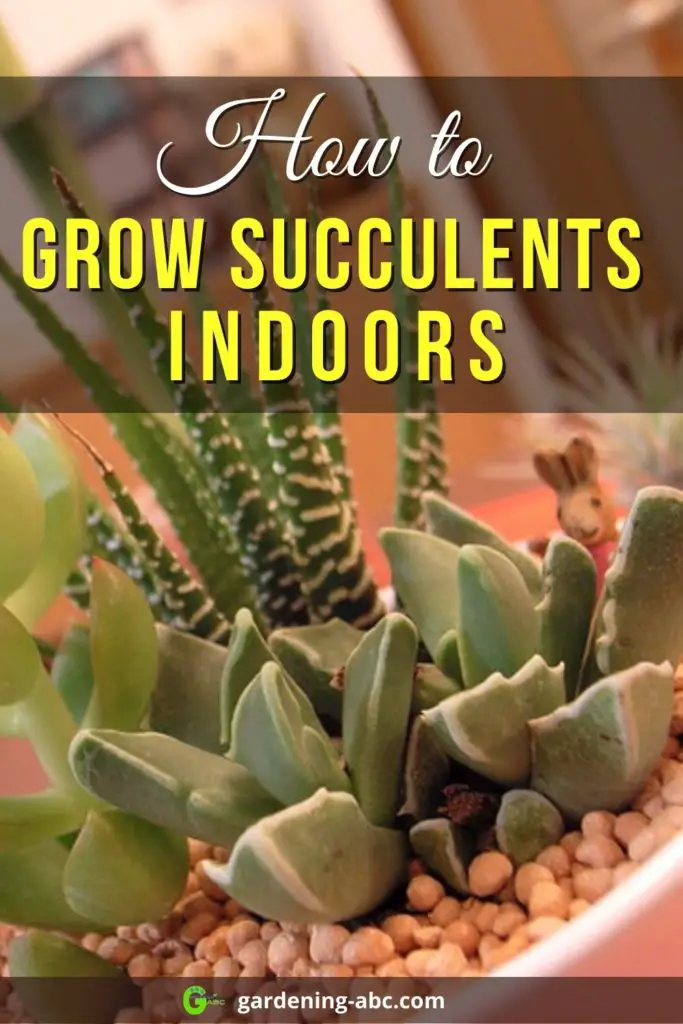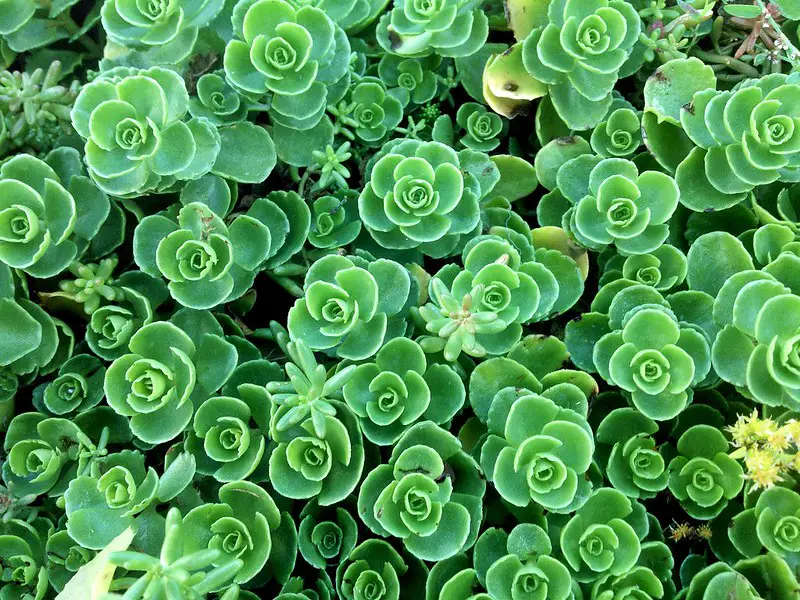We use affiliate links to run our site. When you buy through links on our site, we may earn an affiliate commission, without any added cost to you. Learn more
Do you love the look of succulents, but don’t have a green thumb? Have you tried growing succulents indoors, but failed miserably?
Don’t worry, you’re not alone. In fact, most people fail when trying to grow succulents indoors because they don’t know the specific requirements these plants need to thrive. So, in this post, we are going to help you solve this problem.
Succulents are a great choice for your garden they ask very little and give a whole lot to you. There are more than a thousand species of succulents in this world, so the choice is not a problem.
As you will see below in this post that growing succulents is pretty easy. Give them soil a growing medium with good drainage, a good amount of light, and decent air circulation and you can see them bloom colorful flowers and striking foliage.
What Are Succulents?
Succulents are a group of plants that store water in their swollen leaves and stems. They are drought-resistant plants and can survive dry and arid climates.
The word “succulent” means sap or juice (originated from the Latin word sucus). Succulents can store water in their stem, roots, and leaves. You can grow succulents outdoors as well as indoors.
Cacti vs Succulents:
Cacti are succulents. They are a part of the succulent family under a separate category Cactaceae. Cacti have some distinguishing features (with rare exceptions) like the presence of thorns, lack of leaves, cylindrical stems, etc that you can easily identify.
All cacti are succulents whereas all succulents are not cacti(those who are not a part of Cactaceae).
Why Grow Succulents?
There are some inherent benefits of growing succulents:
They Are Very Easy to Grow:
Succulents are some of the easiest plants to grow on earth. They need basic growing needs for a plant and can survive a long time without water.
A Source of Fresh Oxygen to Your Environment
If you add succulents to your workplace or house they will add fresh oxygen to your Environment. The best place to put succulents inside your house is in the bathroom, bedroom, or even in the kitchen. They will improve the air quality naturally.
No Need For A Humidifier:
As succulents release water in the environment placing them inside your house will improve the humidity of your house. This will help relieve dry, itchy skin, and prevent sore throats, the common cold, and that dry cough.
Succulents Have Medicinal Properties:
Succulents like Aloe Vera have medicinal properties that make them very useful plants inside your house.
They Create Mental Wellness:
Planting and taking care of succulents lowers stress levels and blood pressure and improves mood.
How to Take Care of Your Succulents:
Though they are easy to care for, succulents do need some special attention. Let’s go over some of the basics of succulent care.
Light:
Succulents need 6-8 hours of bright sunlight for growing effectively. If you are growing succulents outdoors this should not be a problem. For growing indoors place your plant near a south-facing window, or the brightest area of your home.
If sunlight is not available in your house, you can opt for artificial grow lights. There are many of them that simulate sunlight.
For more information, you can check our article on house lights and growing plants.
Growing Soil:
In their natural habitat, succulents prefer sandy soil. So when you are planning to grow succulents indoors make your soil that resembles their native soil. The best way to achieve this is by making your own potting soil. You can also buy some potting soil that is specially designed for growing succulents.
The things to remember about the growing soil are that it should be airy, and should not hold water for long.
Container:

The first thing you should look for while choosing a container is it should have drainage holes. Succulents can’t tolerate waterlogged soil. So it is crucial that the containers should have drainage holes to allow excess water to exit.
Don’t choose glass containers that generally don’t have drainage holes. You can choose a ceramic planter with holes instead.
Fertilizer:
Any standard organic fertilizer does well with succulents. Generally, you should feed your plants half of what you generally feed to any other house plant.
Also remember, succulents grow mostly in summer and spring. It slows during the fall and totally stops in winter. So adjust your fertilizers accordingly.
Water:
Proper watering is very important for the survival of succulents. Succulents need a lot of water (they store quite a lot in their stem and leaves) but the frequency of watering should not be like any other indoor plants.
While watering succulents you should soak the roots with water but the water should not remain logged in the soil. Water again only after the soil remains dry for a few days.
Don’t water your succulents daily. This can do more harm than good.
Best Succulents for Growing Indoors:
Some of the best succulents to grow in your house are:
- Jade plant
- Aloe Vera
- Lithops
- String of pearls
- Snake plant etc.
Conclusion:
In conclusion, succulents are great plants to grow indoors because they are easy to care for and don’t require much water. They are also a beautiful addition to any room in your home. So, if you’re looking for a low-maintenance plant to add to your indoor garden, succulents are the way to go!
I hope you got some valuable information on growing succulents indoors. If you like the information please share the post with others too.
Don’t forget to PIN IT.

Amazon and the Amazon logo are trademarks of Amazon.com, Inc, or its affiliates.

Hi there! My name is Prasenjit and I’m an avid gardener and someone who has grown a passion for growing plants. From my hands-on experience, I have learned what works and what doesn’t. Here I share everything I have learned.
